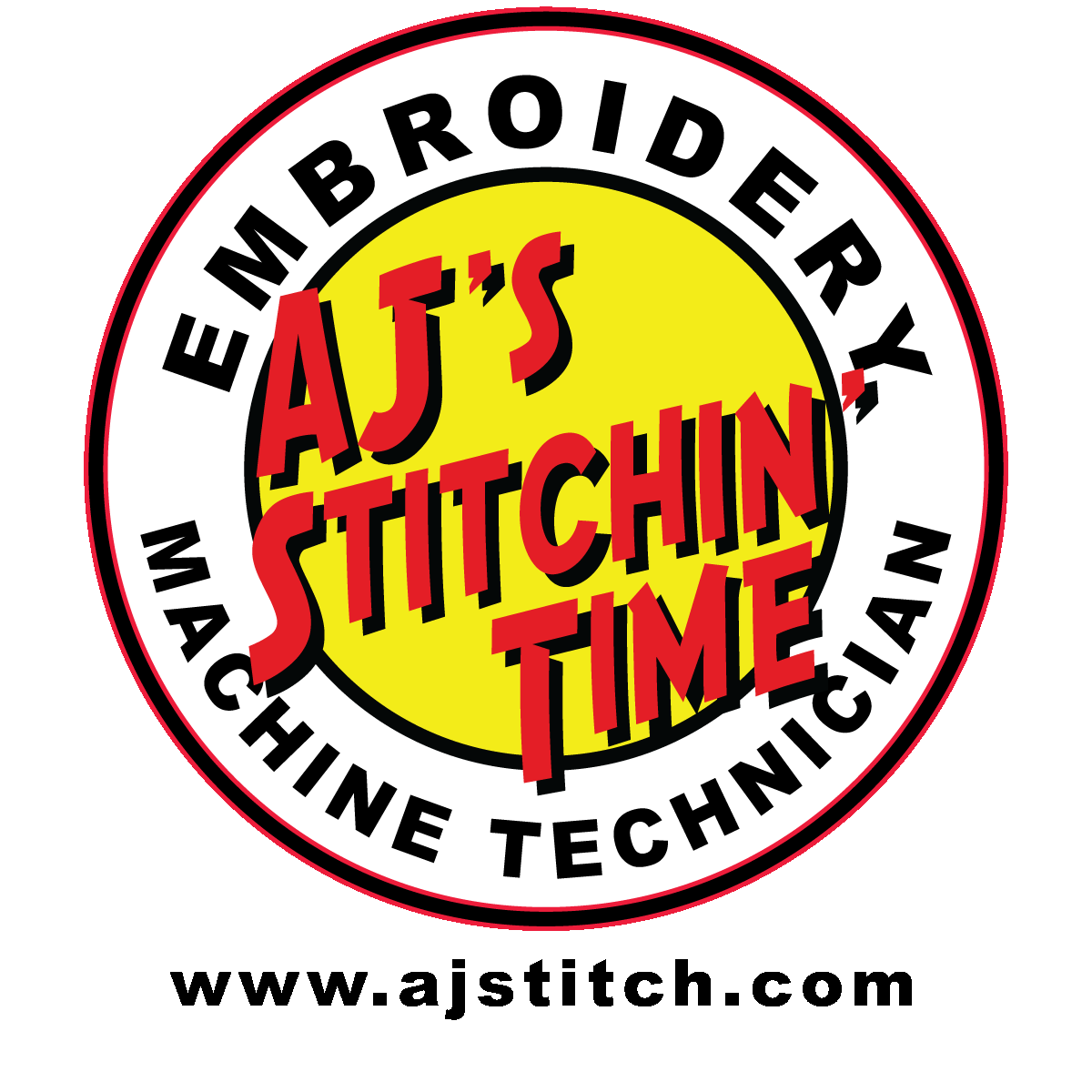Information on replacing your rotary hook and/or setting your hook timing.How can you tell if your embroidery machine timing is off? Timing usually goes out in your sewing machine after the Needle and thread gets jammed or you have a birds nest. You can tell you sewing machine is out of time when you can no longer sew, your machine is missing stitches, fraying thread, and you stich-outs look horrible. Most brands of embroidery machines use the same methods for timing rotary hooks, the degree that the machine is set at may differ but the method is usually the same.
|
|
Rotary hooks: Rotary hooks rotate twice every time the needle comes down, so if you run your machine at 700 stitches per minute the hook spins at 1400 stitches per minute (SPM). The interior of the Hook has a rail that slides in a raceway and holds the hook together. There are no bearings, so the rail and raceway are metal on metal. This is the only point on the machine that most manufactures recommend you lubricate every four hours of use. Rotary hooks may need to be replaced at around 3 to 5 years, depending on use and maintenance of the machine.
Click on this artical for more information about Rotary Hooks |
 |
Quoted from: https://sewing-machine-service-and-repair.com/ https://sewing-machine-service-and-repair.com/sewing-machine-timing-hook-timing : While there are a handful of different timings in a sewing machine, the hook timing is the most common to cause a sewing machine to not function correctly. Hook timing is the relationship of the hook tip and the needle eye. If you think your sewing machine may have a timing problem, a careful examination of the hook and needle can confirm that condition. When the needle is moving upwards, it creates a loop behind the needle, between the needle eye and the fabric. The hook tip must pass through that loop in order to create a stitch. There is a fine tuning of the hook timing, depending on the brand and model of the sewing machine, but nearly all sewing machines adhere to this basic principle.
|
|
German Machines
|
|
Japanese machines
|
|
Korean machines
|
|
Chinese machines
|
